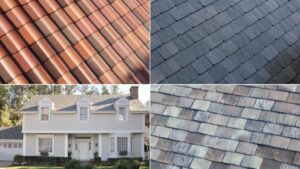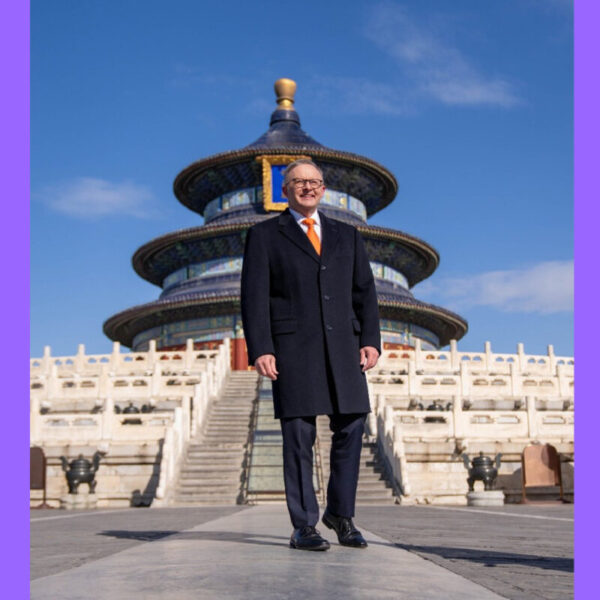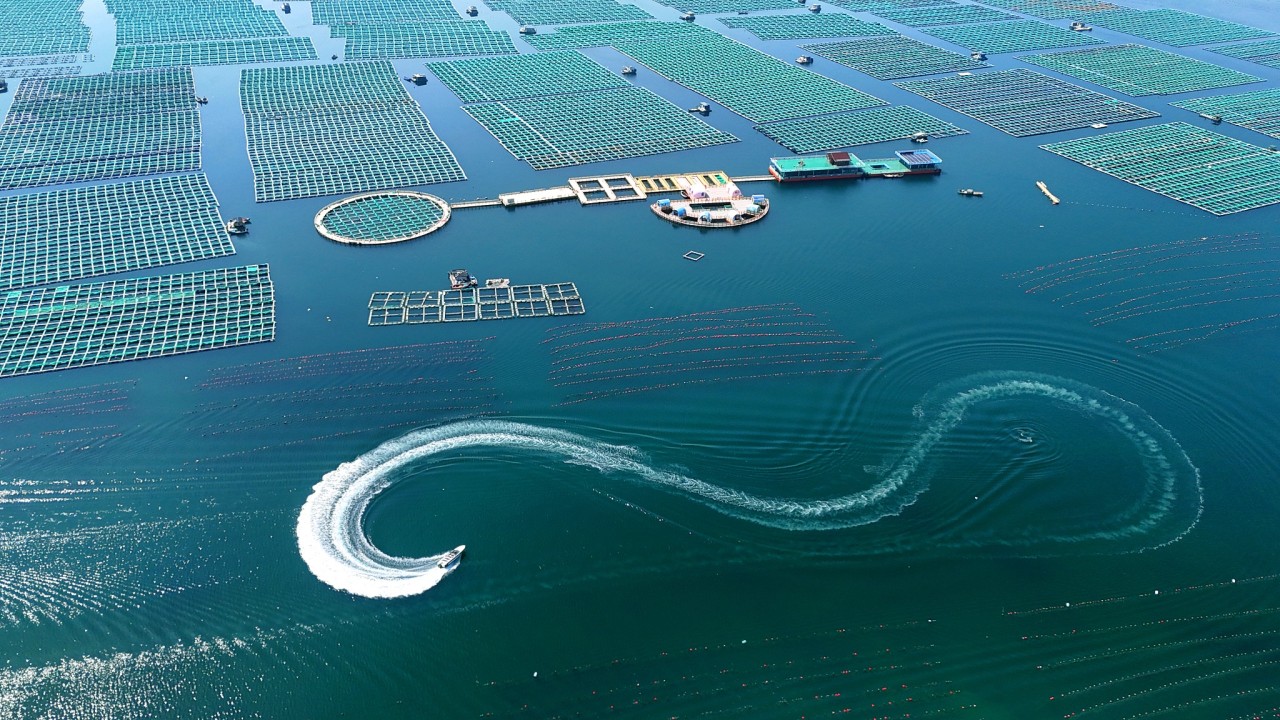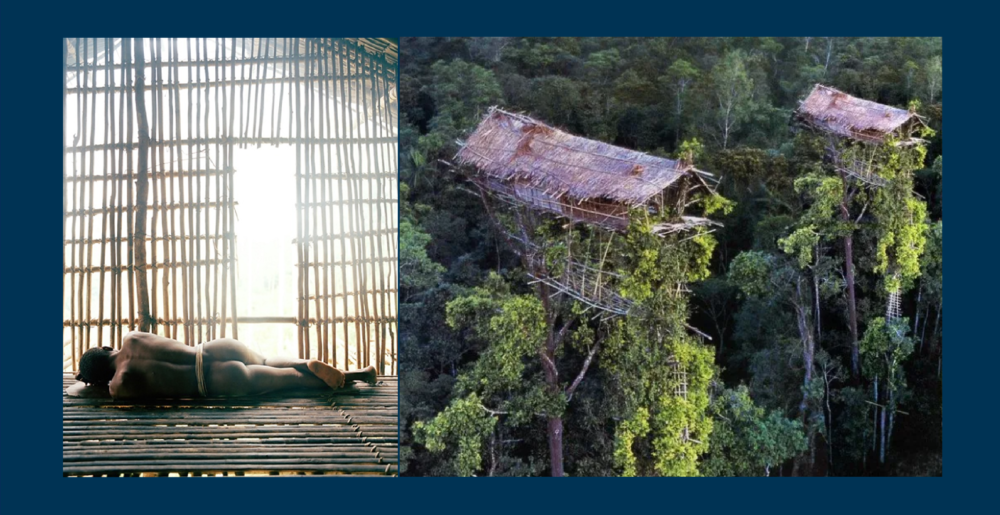Passive design, when combined with active solutions, significantly boosts residential energy efficiency.
Reducing your heating and cooling energy use, which can be as much as 38% of your total home energy requirements, provides economic benefits as well as reducing your carbon foot print.
Passive Solar Design:
- Reduced Loads: Passive solar homes first reduce heating and cooling loads through energy-efficient strategies.
- Solar Energy Integration: They then meet those reduced loads, in whole or part, with solar energy.
Key Elements of Passive Solar Design:
- Aperture (Windows):
- South-facing windows (within 30 degrees of true south) maximize winter sunlight.
- North-facing windows in bedrooms.
- ENERGY STAR®-qualified windows enhance efficiency.
- Absorber:
- Darkened surfaces (like masonry walls or floors) absorb sunlight as heat.
- Thermal Mass:
- Floors and walls store heat.
- Useful for naturally heating homes in colder climates.
- Heat Distribution:
- Natural circulation or fans, ducts, and blowers.
- Move solar heat throughout the house.
- Control:
- Roof overhangs or trees shade windows in summer.
- Low-e blinds and awnings help regulate temperature.
Insul-bats made from upcycled Glass and Textiles
– Bradford glasswool is made from up to 80% recycled glass content. It comes from recycled bottles which are not suitable for recycling in flat or container glass manufacture. This means that our products not only reduce the demand for sought after natural resources but also help in freeing up landfill space.
Fiberglass insulation is biodegradable and can be 100% recycled. Many industries generally accept fiberglass as a sustainable material due to its durability, recyclability, and biodegradability. But correct handling when installing is crucial for health reasons. The fiberglass particles can potentially get dislodged and launched into the surrounding environment which can cause skin, eye, and lung irritation.
– Tontine™ Thermal Insulation contains no formaldehyde, chemicals or harmful VOCs (Volatile Organic Compounds) All products contain a minimum of 83% post-consumer recycled content and are certified by Eco-specifier. They also help reduce energy consumption and are manufactured with a low-energy production process. for over 60 years. Over 80% of Tontine products are Australian made, and we’re proud of our long history of manufacturing in Australia in our state of the art factory in Melbourne, Victoria.
Solar Roof Tile Shingles
Solar shingles, or solar roof tiles, are made of slim photovoltaic (PV) sheets that either overlay or replace the existing shingles on a roof. They absorb sunlight and convert it into electricity, saving on electricity bills and a dependable source of energy for household amenities.

Image: Tesler
USA Tesler Solar Roof Tiles – connected to a Powerwall home battery energy storage unit – comprises of both glass solar tiles and steel roofing tiles. Glass solar tiles produce energy, while architectural-grade steel tiles add longevity and corrosion resistance to your roof. Both are durable, strong and engineered for all-weather protection. With a 25-year warranty, Solar Roof will continue to produce clean energy and protect your home for decades to come. Tesla Solar Roof’s wattage per square foot (15.3) to be average. US website Electrek claims a 400 square metres ‘Phase 1’ tile roof with a solar capacity of 12.3kW costs between $100,000 to 130,000 Australian dollars. More+

Image: Volt Solar Roof Tiles Australia
Australia Volt Solar Roof Tiles are designed to mimic the shape and profile of standard roof tiles, allowing them to seamlessly integrate with your existing roof profile. Described as the highest energy-generating solar tile in the world with a solar efficiency of up to 19.3%, and peak power output of 115W, are backed by industry-leading warranties of 30-years performance and 15-years product assurance. A 5kW Volt system costs $12,000 fully installed after STC (small-scale technology certificate) rebates.





















